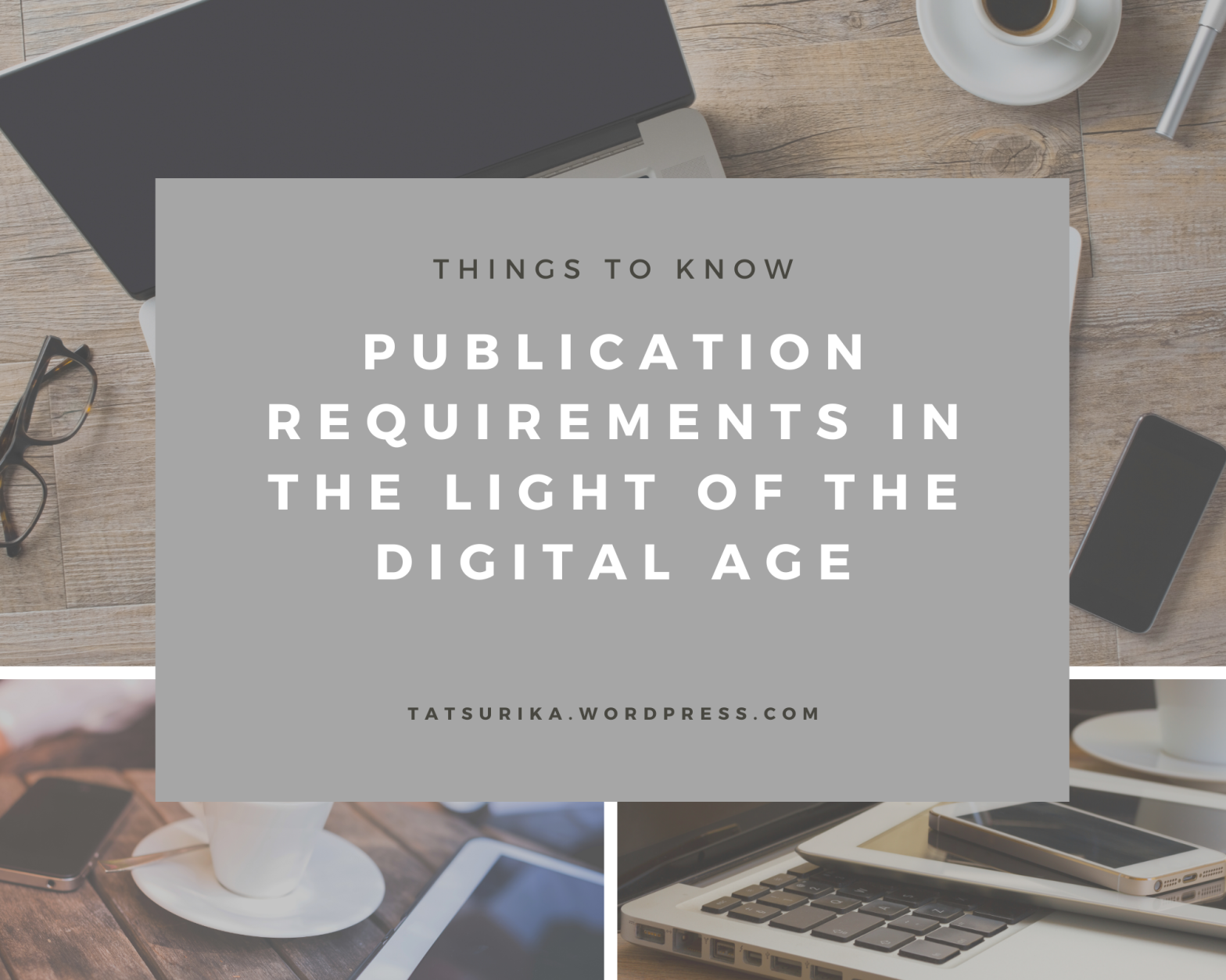ABOUT THE AUTHOR

Erika dela Cruz was born in Quezon City, Philippines, one of Metro Manila’s constituent cities. She left the metropolis for Dasmariñas City, the land of the courageous, where she continued her studies before returning to San Juan City to take her Bachelor’s degree.
In her spare time, she enjoys doing TikTok dances, singing, and watching anime, an ultimate escape from reality.
What is Copyright?
The term “copyright” refers to the collection of all rights that the owner of an artistic or literary work holds.
What are considered copyrightable works in the Philippines?
Original intellectual creations in the literary and creative domains are copyrightable under Philippine law.
Derivative works are likewise protected as new works, as long as they do not infringe on original works’ copyright. Dramatizations, translations, adaptations, abridgements, arrangements, and other alterations of literary music works; collections of literary, scholarly, or artistic works; and compilations of data and other materials that are original due to the selection, coordination, or arrangement of their contents are all examples of derivative works.
What is Bullying?
Bullying is defined as any persistent or severe use of a verbal, electronic, or written statement, or a bodily gesture or act by one or more pupils that causes physical or emotional injury to the victim. Bullying is also seen as creating an unwelcoming environment for other students, which can interrupt the learning process.
The following is considered acts of bullying:
a. Pushing, shoving, punching, tickling, headlocks, slapping, teasing, fighting, perpetrating school pranks, and the use of accessible tools or weapons are all examples of unwelcome physical contact between the victim and the bully.
b. Any act that has the potential to harm the emotional well-being of a victim;
c. Any accusation that may cause emotional distress to the victim, such as profanity, foul language, negative or derogatory comments about the victim’s appearance, body, or clothing; and
d. Cyberbullying, or any form of bullying that incorporates the use of technology or other technological means.
Procedures and strategies for bullying:
Report bullying incidents;
• Respond to allegations of bullying quickly and carefully;
• Ensure victim safety and determine whether additional protection is required;
• Provide counseling and other necessary assistance to victims, perpetrators, and family members.
• Allow pupils to anonymously report bullying as long as no disciplinary administrative action is taken against the reported student solely on the basis of the anonymous allegation;
• Educate pupils on anti-bullying policies and bullying dynamics;
• Punish a student who unjustly accuses another of bullying.
• Educate parents and guardians about anti-bullying policies and bullying dynamics, as well as how parents and guardians may support and reinforce policies at home; and
• Keep a public record of bullying statistics and pertinent information. On the other hand, the names of students who have been accused of bullying must be kept private and will only be shared with the instructors and school administration who are directly accountable for the aforementioned pupils, as well as the parents or guardians of the bullying victims.
• Respond immediately and investigate reports of bullying;
• Ensure victim’s safety and assess if they need additional protection;
• Provide counseling and other necessary support for the victims, perpetrators and family members.
• Allow students to anonymously report bullying provided, that no disciplinary administrative action will be taken against the reported student based solely on the anonymous report;
• Educate pupils on anti-bullying policies and bullying dynamics;
• Punish a student who unjustly accuses another of bullying.
• Keep a public record of statistics and important information on instances of bullying; and
• Educate parents and guardians about anti-bullying policies, bullying dynamics, and how parents and guardians may provide support and reinforce policies at home.
What is the Republic Act 10175?
The Republic Act 10175 of 2012, also known as the Cybercrime Prevention Act, is a law enacted in 2012 to counter cybercrime. It intends to address legal concerns in the Philippines regarding online interactions and the Internet. Cybersquatting, cybersex, child pornography, identity theft, unauthorized access to data, and libel are among the cybercrime charges contained in the bill.
As we use and integrate ICT and Internet in our lives, perhaps it is possible that new forms of crimes can happen online and where broader or special legislation will have to be created (that provides mandate for resource allotment too). Nevertheless, that perspective, whether agreeable or not, brings the importance of having more organized groups of netizens who can interact with policy makers proactively on Internet / ICT related policies and do its share of stakeholder consultation.
Janette Toral (2019)
References/Sources:
Toral, J. (2019, February 10). 16 cybercrimes covered under Cybercrime Prevention Act – Republic act 10175. DigitalFilipino. Retrieved October 28, 2021, from https://digitalfilipino.com/introduction-cybercrime-prevention-act-republic-act-10175/.
Copyright law in the Philippines: Federis. Federis & Associates Law. (n.d.). Retrieved October 28, 2021, from http://www.federislaw.com.ph/faqs-resources/copyright/.
Attorneys of the Philippines. (2015, September 1). An overview of Republic Act No. 10627 anti-bullying act. Attorneys of the Philippines. Retrieved October 28, 2021, from https://attorney.org.ph/legal-news/21-an-overview-of-republic-act-no-10627-anti-bullying-act.
University of Minnesota Human Rights Library. University of Minnesota. (n.d.). Retrieved October 28, 2021, from http://hrlibrary.umn.edu/research/Philippines/RA_10175.html.
